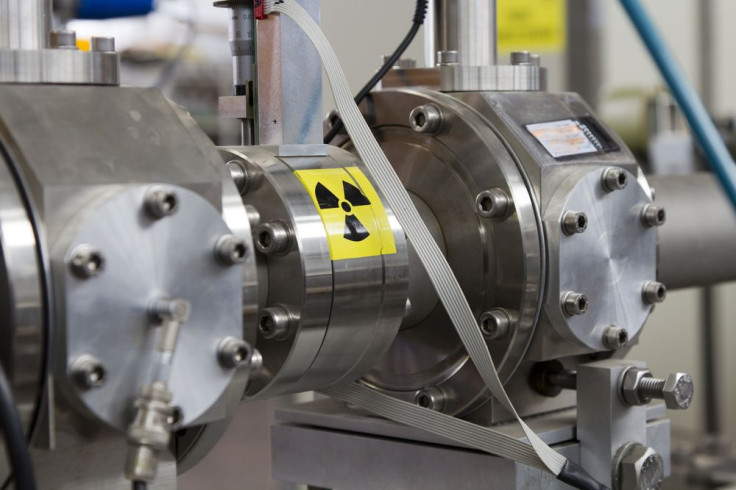Fighting Lung Cancer With Protons: Proton Therapy Improves Precision, Efficiency Of Radiation Treatment

As the global battle against lung cancer rages on, scientists are enlisting smaller and smaller particles to quell tumor growth and preserve healthy tissue. At the University of Texas, the hunt for optimal radiation has now moved into the mind-bending world of subatomic particles. Using protons, researchers are able to deliver powerful treatment with unprecedented precision.
The university’s MD Anderson Proton Therapy Center is one of only 11 cutting-edge health centers that offer cancer killing radiation derived from protons. Once considered a fundamental particle, the incredibly minute building block is now defined as a so-called hadron observed in the quantum realm –– the complex and profoundly strange world that lies within the atom. While physicists have been studying particle for the past century, oncologists and medical researchers have only recently begun to harness its powers.
"MD Anderson is at the forefront of the most advanced lung cancer treatments available. It is part of our mission to raise awareness of proton therapy as a potential option for people fighting for their lives," said James Cox, former head of Radiation Oncology at the center. "When the Proton Therapy Center was established in 2006, for example, it was the first to treat lung cancer with protons and chemotherapy."
Today, radiation therapy for lung cancer patients is often crippled by the difficulties of preserving surrounding tissue at the tumor site. As cytotoxic treatment doesn’t discriminate between cancerous and non-cancerous cells, it is extremely challenging to deliver sufficient doses without harming healthy pulmonary tissue. In patients with advanced or metastatic tumors, it can be nearly impossible.
But with proton therapy, this could all change. Like conventional radiation treatment, the therapy blasts the tumor site with ionizing radiation, which impairs the cancerous cells’ ability to divide and proliferate. However, the unique properties of protons allow oncologists to achieve an entirely new standard of accuracy. For this reason, much more efficient doses can be delivered to the site.
"We're just beginning to see the potential benefits of proton therapy and as we move forward it looks more and more like an excellent treatment modality," Anne S. Tsao, associate professor in Thoracic/Head and Neck Medical Oncology, said in a press release. "As we learn more and gather evidence of these benefits, proton therapy will likely be extended to a broader patient population."
According to the U.S. Centers for Disease Control and Prevention, lung cancer is currently our deadliest cancer, killing more people than any other tumor type. In 2010 alone, 201,144 Americans were diagnosed with the disease, and more than 150,000 died from it. Health officials estimate that the U.S. spends more than $10 billion on lung cancer treatment annually.



























